1. Los Angeles, California

You’ve likely heard it before—but yes, locals are packing up and heading out of L.A. in droves. Sky-high housing prices, brutal traffic, and that signature smoggy vibe are wearing thin on longtime residents. Many are choosing affordability over beachside glamour. Suddenly, spots that felt burdensome before are now looking like refreshed possibilities.
So, even though L.A.’s still glamorously iconic, people are yearning for green lawns instead of concrete sprawl. Families and young professionals alike are citing that long commute as a deal-breaker. It’s less about rejecting the culture and more about choosing livability. The only thing L.A. might be losing more than residents? Its grip on what it means to be “California.”
2. San Francisco Bay Area, California
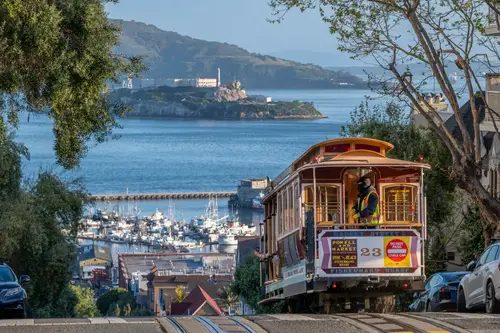
Once the tech titan’s nest, the Bay Area is feeling the burnout. Between astronomical rent hikes, dense city living, and wildfires creeping in, locals are rethinking their addresses. The appeal of cooler suburbs or greener states is gaining serious traction. Work-from-home flexibility has only widened the door for people to walk right through.
It’s not so much a rejection of innovation, but a move toward more human-scaled spaces. Some find themselves longing for front porches instead of glass towers. For a place where big ideas got their start, maybe people now just want room to breathe. Turns out, Silicon Valley’s real tip-off wasn’t a tech pivot—but exit signs.
3. Miami–South Florida, Florida
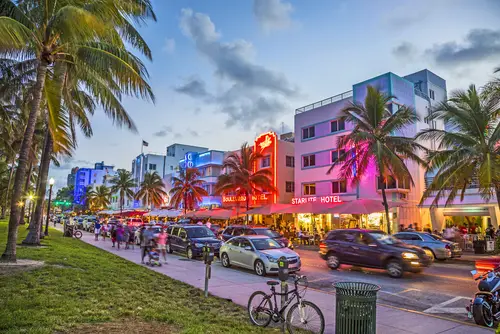
Paradise on paper—but in practice, no thank you. Cost of living and insurance spikes, plus storm anxiety, are nudging locals toward the exit. It’s become a bit too hot, pricey, and unpredictable—even for the coastal crowd. People are trading vivid sunsets for more predictable winters… and budgets.
Suburban life—with no hurricane prep needed—is suddenly looking mighty appealing. Folks aren’t fleeing fun; they’re fleeing the financial pinch and climate risk. That salty ocean breeze just isn’t worth what it costs. So if beaches long called your name, maybe the call back home sounds sweeter now.
4. Long Island, New York
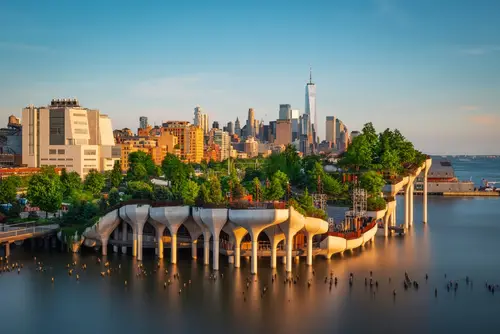
Think charming towns with commuter buzz? Still charming—but often too costly. Taxes, housing, and commutes into Manhattan are making kids rethink staying home. Young couples and empty nesters are realizing that that much bucket list energy shouldn’t go to bridges and tunnels. They’re clearing a path toward affordable tranquility instead.
It’s not that Long Island’s not lovely—it certainly is. But having to work double shifts just to keep the house? Hard pass. So instead, families are finding that peace of mind in quieter zip codes elsewhere. Real estate hotspots? More like ex-getaways.
5. New Jersey (especially near NYC)
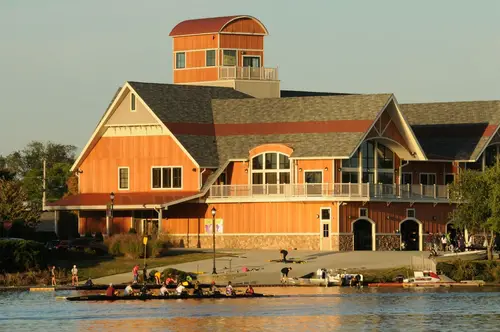
You know that mix of suburbs and ease into NYC? People are starting to say “ease into what, exactly?” High property taxes and cost of living are turning those commuter towns into something less commutable. Some people actually dread the daily drive now—and budgets are begging for mercy. If there was ever a place where “close enough” became “too close for comfort,” this might be it.
It’s not politics, it’s practicality. Families want schools, not sky-high bills. And it turns out that slicing that budget slack feels better than slicing off bridge tolls. Real estate glitz? Feels more like a budget crunch.
6. Austin, Texas
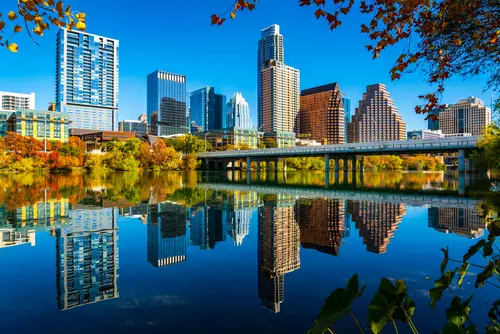
Hello, booming city—but locals are whispering “not so fast.” Once a music-and-tech haven, soaring housing costs and traffic have made Austinites look toward more livable towns. Even the famous live-music spirit isn’t enough to mask budget sensitivities. Folks are ditching the hype for yard space, again.
It’s not a rejection of South by Southwest—it’s embracing space to groove at home. Residents want roots, not rent hikes. The search isn’t for trendiness—it’s for tranquility. Austin ticked the box once; now, maybe it’s ticked it off.
7. West Des Moines, Iowa
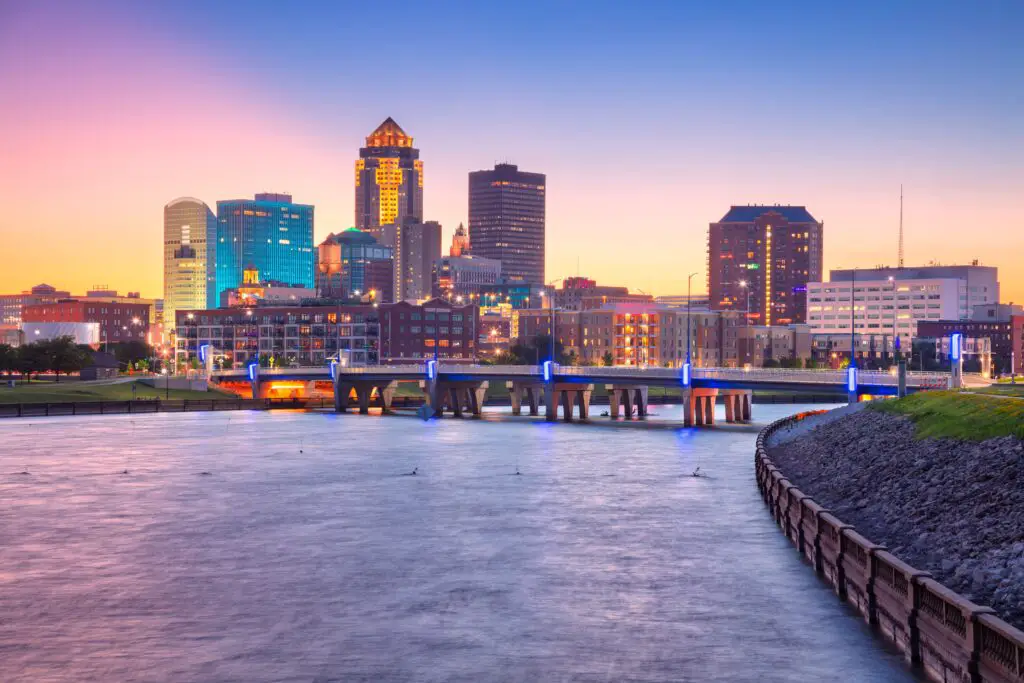
Midwestern charm? Sure—but some of that charm is fading. West Des Moines has seen more locals moving out than newcomers moving in. A surprising twist, given the region’s usual appeal for affordability. Maybe people are simply eyeing places that feel newer, or younger—but it’s still a departure from typical heartland stability.
It’s not a collapse—just a curious pivot. People are reaching for new pastures, even here. Maybe they want quirky coffee shops instead of cornfields—or cheaper land nearby. Whatever the case, this Midwestern haven isn’t quite the pause-button anymore.
8. El Cajon, California
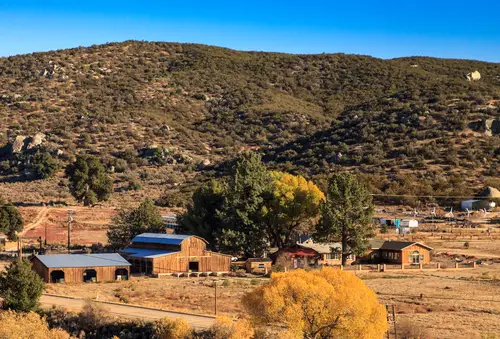
San Diego’s quieter neighbor—but quieter is leading to emptier. El Cajon has become one of California’s weirdest escape routes: locals leaving faster than newcomers arrive. Sky-high housing costs and regional strain are to blame. And when stress outweighs sunshine, it’s time to move on.
It’s kind of heartbreaking, because it’s peaceful… but not peaceful enough to justify the budget burn. Folks are looking out, thinking “maybe less Cali, more breathing room.” It’s not that the hills aren’t lovely—it’s that they’re pricey. So homes are staying on the market and people are eyeing options beyond the Golden State.
9. Palmdale, California
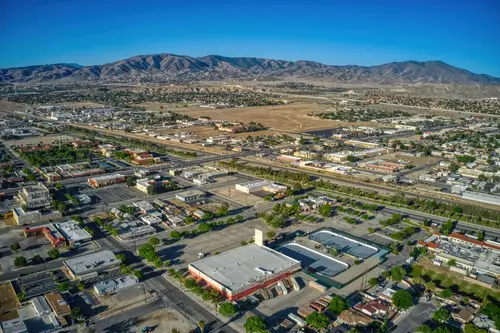
The high desert offering space—but even that space is starting to feel confined. Palmdale is seeing a net exodus, with locals seeking affordability elsewhere. You’d think rugged mountains and blue skies would be the draw—but prices and distance from major hubs are a turn-off. People are ready to swap solitude for smarter logistics.
It’s not a climatic protest—it’s an economic one. Folks don’t want more miles between them and sanity. They’re searching for balance across affordability, access, and authenticity. Palmdale is fine—but maybe too fine to stay.
10. Gresham, Oregon
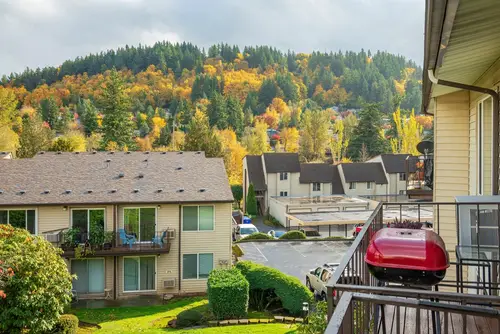
A Portland satellite that’s starting to lose its shine. Gresham’s affordability promise is fading under regional cost increases, pushing residents away. Worse still? It’s not far enough from the city to stay cheap, yet not close enough to benefit. That middle zone is feeling like no man’s land—and people are opting for somewhere sharper.
It’s not a Portland problem—it’s a perimeter problem. Budgets are stretched, and convenience counts. Folks aren’t chasing indie coffee anymore—they’re chasing sanity. When the fringes don’t fringe affordably, they unwind.
11. Yonkers, New York
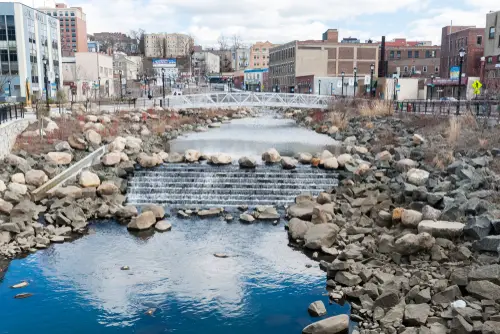
Close to NYC—sounds perfect, right? Except property taxes and rent prices are pushing locals toward more affordable counties. Yonkers used to be the sweet spot, but lately that commuter convenience is proving… inconvenient. People are considering longer—and cheaper—routes home just to keep their wallets alive.
It’s not about losing love for the area—it’s about love for the budget. Folks value pensions as much as permits now. The commute might still be nice—but the cost is less nice. The real estate hype shrinks when reality bites.
12. Port Richey, Florida
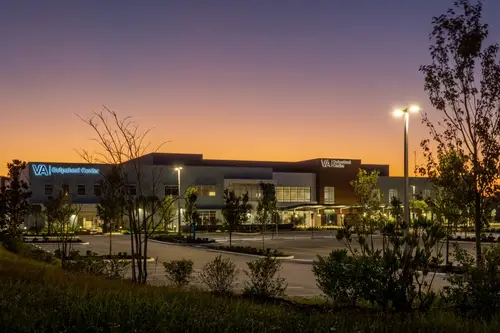
Coastal charisma—but cooler heads are tossing the key back. Port Richey is among Florida’s smaller towns seeing net departures. Insurance and surge risk are making locals nervous—and that’s enough to prompt packing. The idea of sandy serenity is being traded for inland insurances and peace of mind.
It’s not a sunset exit—it’s a safety exit. Residents want predictability, not pinball storms. If you live where the sky often sells storms, smartheads start seeking calmer scenes. Even paradise can feel perilous.
13. Detroit, Michigan (certain neighborhoods)
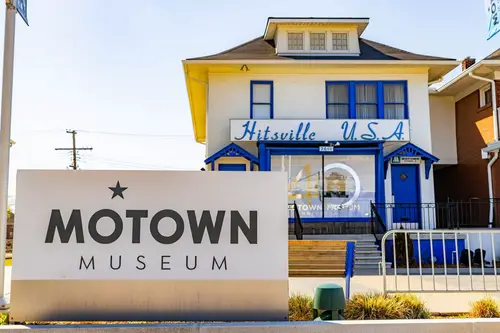
Motor City’s heart still beats—but some neighborhoods are fading. Disinvestment, decay, and shrinking populations are causing residents to leave certain pockets entirely. People want places that grow, not diminish. So they’re heading toward suburbs, or cities that feel like opportunities again.
It’s not a rejection of Detroit—it’s a plea for revival. Folks are seeking vibrancy, not vacancy. If the whole engine isn’t running, it’s human nature to find one that is. So homes empty—and some hearts relocate.
14. Flint, Michigan
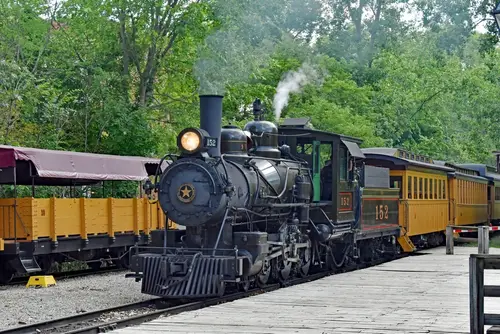
Flint’s struggle isn’t new—and sadly, that’s part of the problem. Population decline continues, partly due to ongoing financial hardship and diminished infrastructure. Folks aren’t just leaving homes—they’re leaving hope behind. They’re seeking places where government and growth still exist.
It’s not a failure—it’s a reflection. When basic services dry up, residents seek them elsewhere. It’s about needing a functioning city, not failing nostalgia. So homes stay vacant—and locals pack up.
15. Lancaster, California
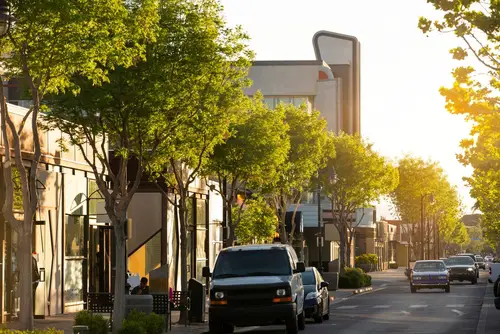
Antelope Valley’s seat—but locals are ghosting the golden rain. Lancaster’s appeal of affordability is being overshadowed by California’s broader cost and crime concerns. The city doesn’t quite feel cheap anymore—or safe enough for the price. That combination is pushing people toward out-of-state options.
It’s not that Lancaster isn’t trying—it’s that the Golden State’s curve is just too sharp. You can’t stretch community when the cost curve snaps. So homes linger, and people leap.
16. Tustin, California
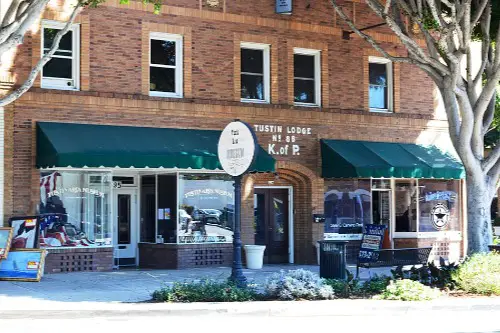
Orange County charm—but even charm is losing charm. Tustin is seeing more moves out than in, thanks to chilled job markets, pricey housing, and overtaxed budgets. People are considering Orange County exit strategies—looking for real backup, not just a short beach escape. When cost outpaces comfort, the calculus changes fast.
It’s not a rancor with Tustin—it’s resistance to affordability collapse. Locals are choosing sanity over zip codes. The sun doesn’t shine as bright on a broken budget. So the spotlight moves—and so do the people.
This post 16 Real Estate “Hotspots” Where Locals Are Already Leaving was first published on Greenhouse Black.
